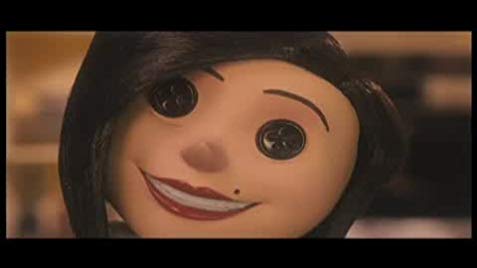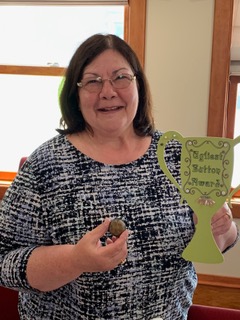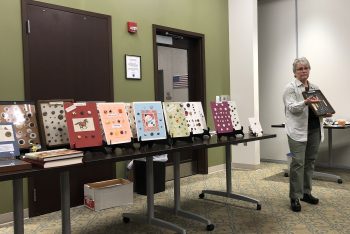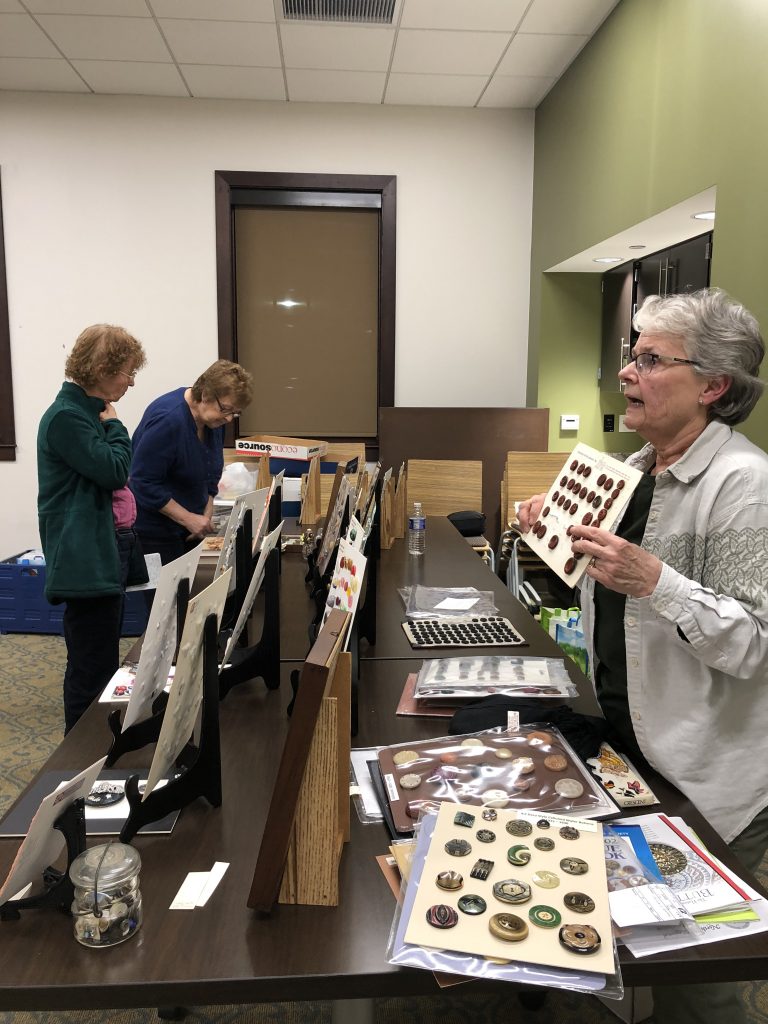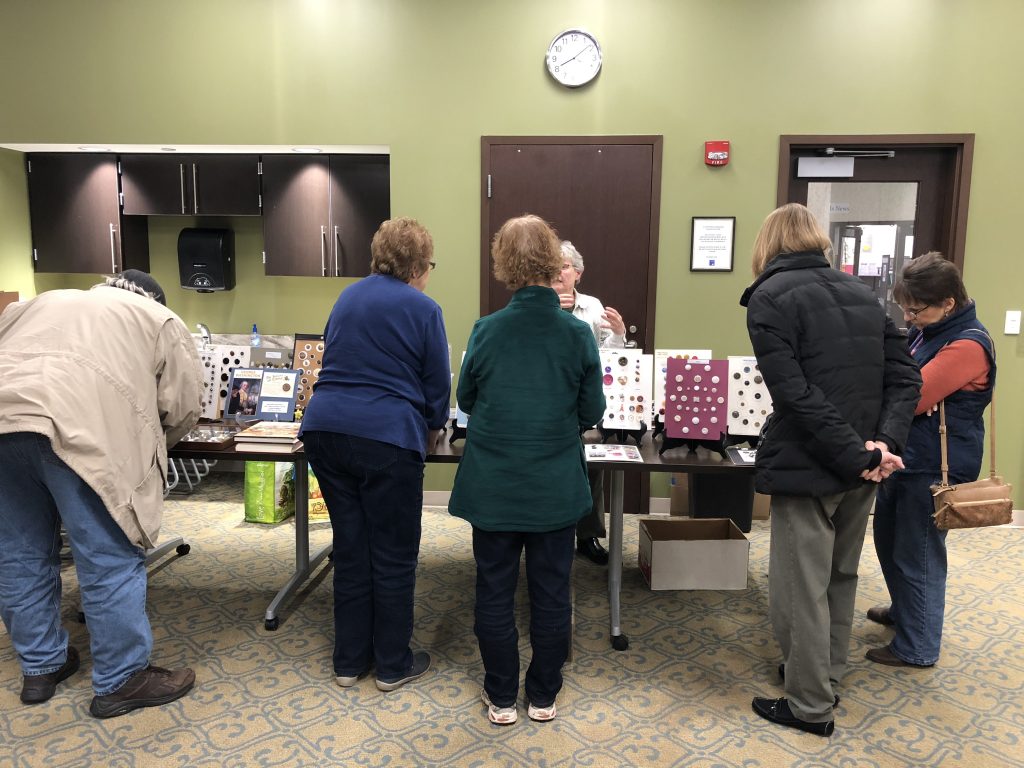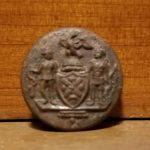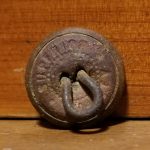Book By Elinor Graham, The Macmillan Company, New York, 1946.
Reviewed by June Kosier, June 2020
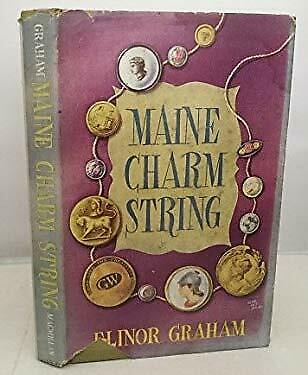 I recently found this book in a box of books under my bed while cleaning during the quarantine. I don’t remember buying it but it contained a button dealer’s card. I called him up and he told me he had his store in the 1990’s. The price was $5. The same book is selling on Amazon now for $14. (I wouldn’t pay that much for it.)
I recently found this book in a box of books under my bed while cleaning during the quarantine. I don’t remember buying it but it contained a button dealer’s card. I called him up and he told me he had his store in the 1990’s. The price was $5. The same book is selling on Amazon now for $14. (I wouldn’t pay that much for it.)
Elinor Graham was an actress and teacher before she moved to Maine after getting married. Her maiden name was Elinor Mish and she lived in Hagerstown, Maryland.
Before she became a button collector, Elinor was a gardener. One day she finds a button from the Revolutionary War in the dirt. She is next given some buttons from a charm string and thus gets hooked on button collecting. She often visits neighbors and lets them know she is looking for buttons. She never seems to pay more than $10 for a button, but acquires many of her buttons through trades or as out-right gifts.
I have an interest in George Washington Inaugural buttons. One day Elinor is given a second inaugural button. She had previously been offered one for ten dollars and did not buy it. It was a flat copper button with “G. W.” at the center and “Long Live the President” in block letters at the top in a semicircle. 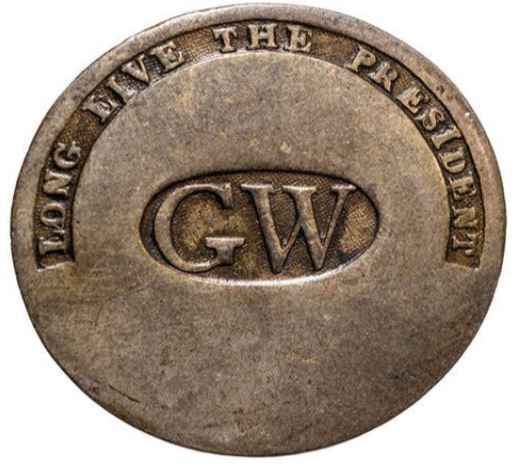 Today, the button is worth between $5000 and $6000. This is why I do not have any of those buttons.
Today, the button is worth between $5000 and $6000. This is why I do not have any of those buttons.
I found the book to be rather folksy. What is interesting is how button collecting was accomplished before the days of eBay. I also did not learn anything useful about buttons or button collecting. In the end, Mrs. Graham gives up button collecting and that is how the book ends.
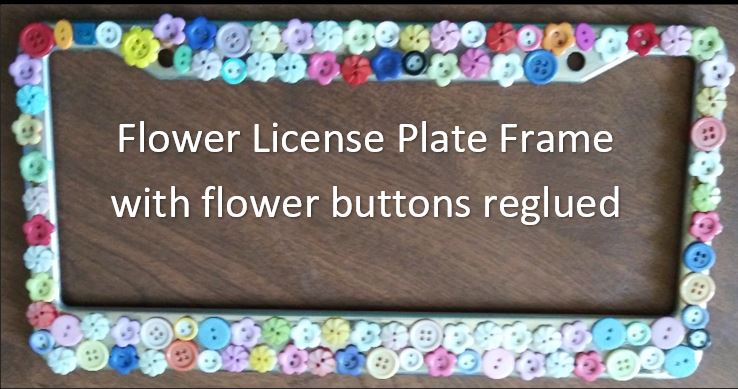
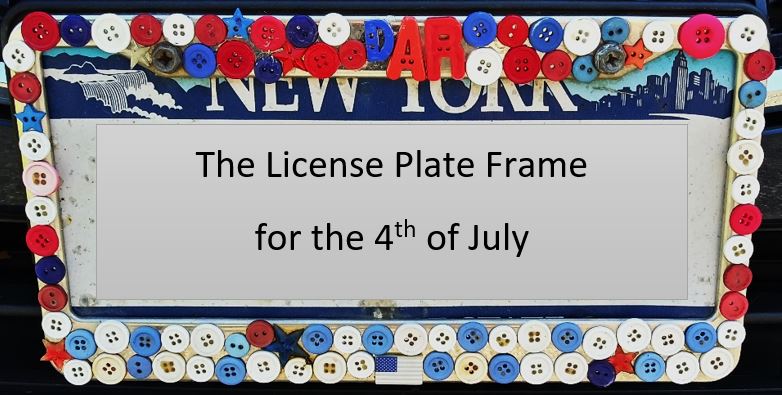
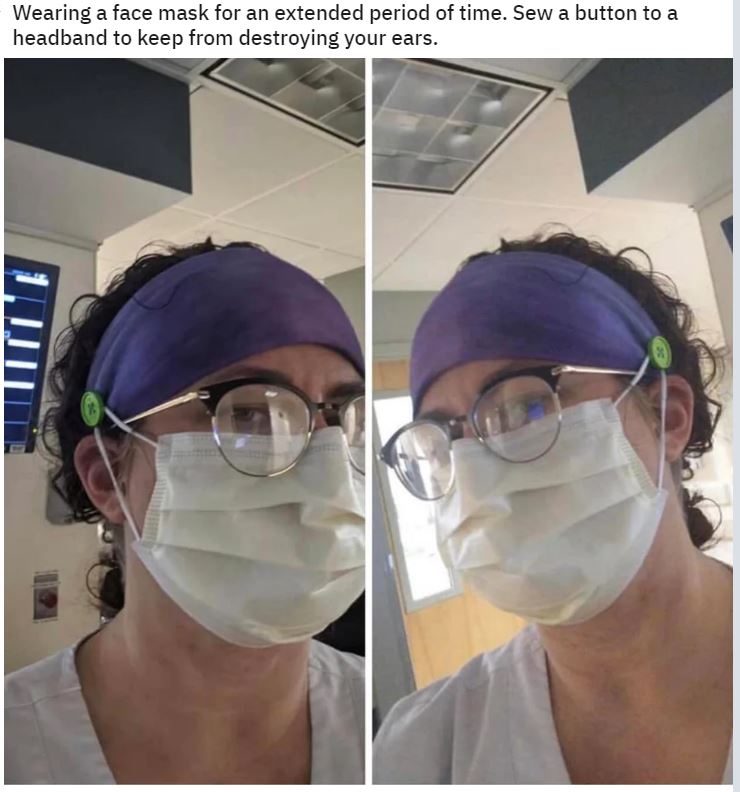
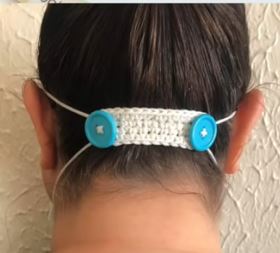
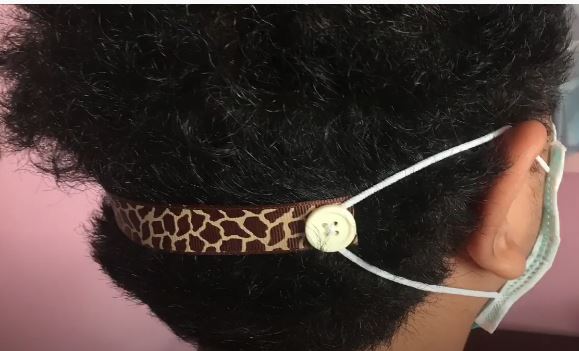
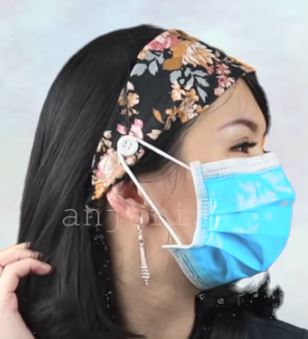 This
This 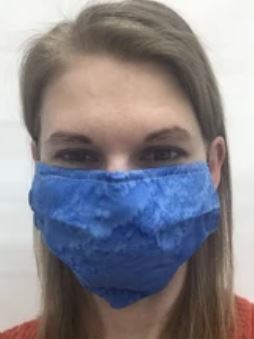 Leah Day provides tutorials for a
Leah Day provides tutorials for a 